ISSN ONLINE(2319-8753)PRINT(2347-6710)
ISSN ONLINE(2319-8753)PRINT(2347-6710)
| Karthika A L1, SumithraM G2, Shanmugam A3 M.E. Student, Dept. of Electronics and Communication Engineering, Bannari Amman Institute of Tech, Sathyamangalam, India1 Professor, Dept. of Electronics and Communication Engineering, Bannari Amman Institute of Tech, Sathyamangalam, India2,3 |
| Related article at Pubmed, Scholar Google |
Visit for more related articles at International Journal of Innovative Research in Science, Engineering and Technology
Usage of wireless network is growing day by day, so it is very necessary to increase the quality of data delivery. The wireless networks like WLAN, WiMAX and UMTS has its own advantages. By integrating these wireless networks into heterogeneous network architecture, it is possible to improve the Quality of Service. In this paper, WLAN with WiMAX and WLAN with UMTS are integrated and the performances are analyzed by transmitting the voice packets using Voice over Internet Protocol based on parameters such as jitter, delay and Mean Opinion Score value.
Keywords |
| WLAN, WiMAX, UMTS, VoIP |
INTRODUCTION |
| Even though, the wired network has benefits like less packet loss, more security and less delay, it has its main drawback as immobility which makes the wireless network to be prominent since it supports mobility. The wireless networks which are developing in this recent year are WLAN, WiMAX and UMTS. All these networks are infrastructure network since it has centralized routing. The WLAN has an Access Point to transmit data packets to their users. The maximum coverage area of WLAN is 820 meters (IEEE 802.11n) and the maximum data rate is about 150 Mbps (IEEE 802.11n). The UMTS which is developed in third generation improved the coverage area of 20 km (more than WLAN) but failed to improve the data rate which is about 42 Mbps (less than WLAN) [4]. So the WiMAX is developed in fourth generation which covers 50km area with data rate of about 1 Gbps. The transmission of data packets to the users in UMTS is done by using GGSN, SGSN, RNC and Node B [19], where as in WiMAX the transmission of data is done through Base Station. |
| Nowadays, the voice and video transmission is widespread among the mobile users. In this case, the effective quality of speech at the destination side is more essential. The quality of speech is determined by using Mean Opinion Score (MOS) value [18]. If we transmit the voice/video in an individual network, then the quality of speech at the destination will be underprivileged due to coverage area, mobility and data rate. This problem can be solved by integrating the individual network into heterogeneous network. |
| The voice transmission is done by using Voice over Internet Protocol (VoIP). The main advantage of VoIP is that it reduces the cost or completely free by transmitting the voice/video calls using existed Internet Protocol [10]. The principle of VoIP is that it converts the analog into digital and transmits that data using the existed Internet Protocol, example Skype. |
| A. Interworking Network Architecture |
| The interworking network architecture or integrated network indicates the combination of two or more networks into a single network. Since in India, the number of WLAN users is more and the WLAN covers its hot spot by getting the signal from other network, the integration can be done with WiMAX and WLAN and UMTS and WLAN.As all the networks are infrastructure network, the integration is very simple. |
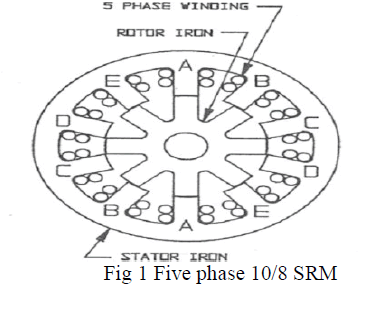 |
| Figure 1 shows the integrated network or heterogeneous network. |
| WLAN-WiMAX integrated network: In this integrated network, the base station of WiMAX is connected to the Access Point of WLAN by means of wireless backhaul. So the WLAN gets signal easily from the Base Station of WiMAX. The base station of WiMAX is then linked to the server via IP cloud and router. The users can get signal from WiMAX or WLAN (depends on signal strength). |
| WLAN-UMTS integrated network: In this, the normal UMTS architecture is integrated with the WLAN architecture. So the users can utilize either UMTS or WLAN which depends on the signal strength. Finally it is connected to the server via router and switch. |
II. RELATED WORKS |
| For real time multimedia applications like interactive audio and video, the WiMAX is very efficient which is in paper [1]. Also for VoIP, the WiMAX gives better quality of performance is reported in paper [2]. It is due to its advantages like high datarate and larger coverage area. The UMTS has coverage area of about 20km and high down rate is in paper [3]. In paper [4], the authors said that the UMTS supports high mobility and real time multimedia application such as VoIP with peak data rate of about 14.4 Mbps. Even though, the WLAN is sensitive to latency and traffic, it is more popular among wireless communication network due to its hot spot which is stated in paper [5]. As in paper [6] and [7], to get more benefits of WiMAX and UMTS in voice application, we can integrate the network like WiMAX and UMTS with WLAN. The MOS value determines the quality of voice and this MOS value can be obtained by different methods is in paper [8]. The authors in paper [9] said that the voice application (VoIP)is always depends on the voice codec used and the obtained MOS value. The better voice codec is determined in paper [10] and it is G.711 since it offers best MOS value and it is approximately about 4 to 5. A parameter such as distance is very important for voice transmission. For larger distance the latency is less when compared to smaller distance, so that the jitter and traffic is less for larger distance, which in turn, it improves the quality of voice. The larger communication uses larger frame size, so for area which needs high voice quality uses larger frame size which is detailed in paper [11].In the integrated UMTS and WiMAX, the users are always connected to access dynamic and powerful application such as Internet, voice and video which is explained in [13]. The integration of UMTS and WLAN provide ubiquitous connectivity and high data rate at low cost to the end user [14] and [15]. The scenario model for WiMAX and WLAN integration is in paper [16] and [17] also the integrated UMTS and WLAN are described in paper [19] and [20]. For simulation, the tool used here is OPNET since it is very easy for implementing QoS, integration and real time services [12]. |
III. SIMULATION RESULTS |
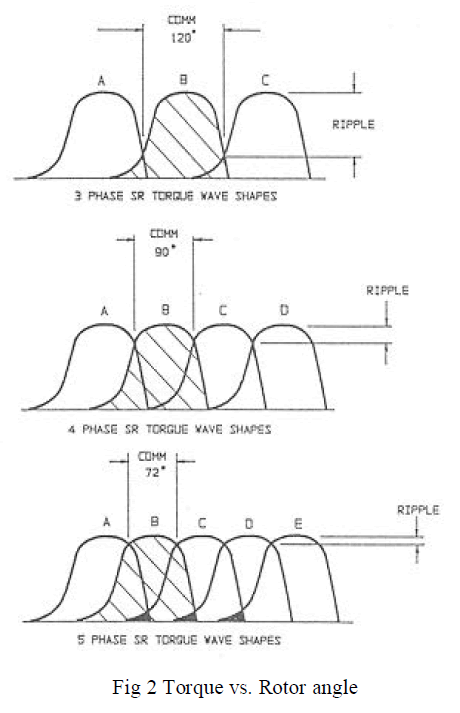 |
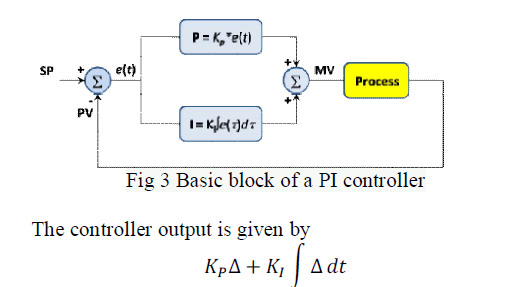 |
| Figure 2 and 3 represents the integrated WiMAX-WLAN and integrated UMTS-WLAN architecture respectively. |
| The parameters that are used for this scenario are, |
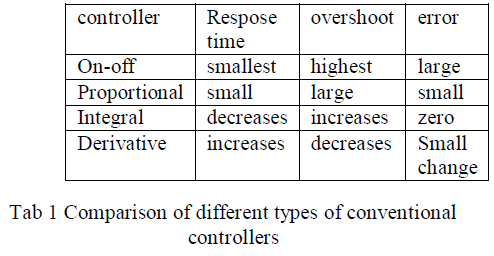 |
| The above table 1 shows the parameters that are used in this simulation scenario. |
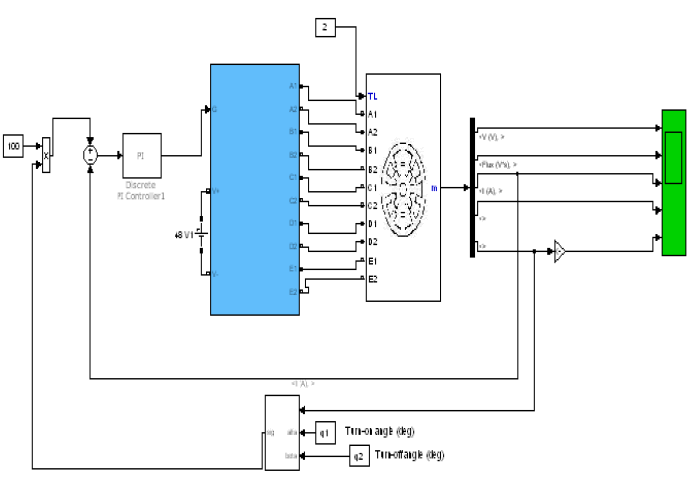 |
| Figure 4 portrays that the jitter for WiMAX-WLAN is more than UMTS-WLAN integration. It is due to the distance that the WiMAX-WLAN integrated network covers more than UMTS-WLAN. Though the jitter is more for WiMAXWLAN network, it does not cause any problem in receiving the voice in continuous manner, since the jitter is very small and it is approximately 0.005 sec. |
| MOS is a numerical value which represents the quality of speech. The value ranges from 1 to 5. The value 1 implies the bad quality of voice at the receiver whereas 5 points out the excellent quality of voice. |
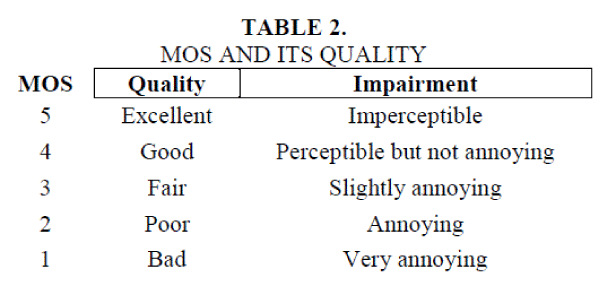 |
| The UC solution provides different MOS values. They are, Listening MOS, Sending MOS, Network MOS, and Conversational MOS. In this paper, we consider Network MOS (NMOS) since it depends on the network parameters. |
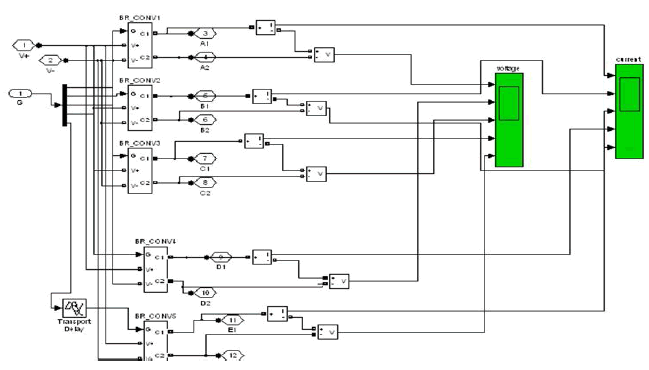 |
| The above figure 5 depicts that the WiMAX-WLAN has good voice quality than the UMTS-WLAN since it has high NMOS value of above 4. It is due to the high data rate of WiMAX. UMTS-WLAN provides comparably less NMOS value and it gives fair quality of voice due to low data rate. |
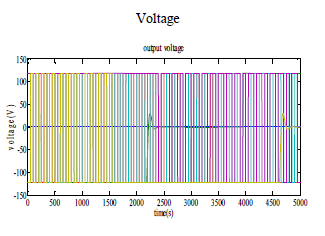 |
| Figure 6 depicts that the WiMAX-WLAN has more delay than UMTS-WLAN. It is because of the WiMAX-WLAN network covers larger area than UMTS-WLAN. Since the area is larger the packets take some time to reach the destination. But due to the data rate and integration, the delay is not much higher and it is approximately about 0.14 sec which is nearly 0.04 sec more than UMTS-WLAN network. |
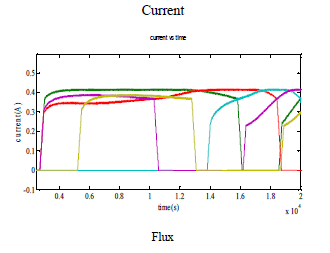 |
| Load indicates the amount of data/traffic that is being carried by the network. Since the bandwidth for WLAN is 20 MHz, UMTS is 5 MHz and WiMAX is 5 GHz, the load is more for WLAN in WiMAX-WLAN than the WLAN in UMTSWLAN which is shown in figure 7. |
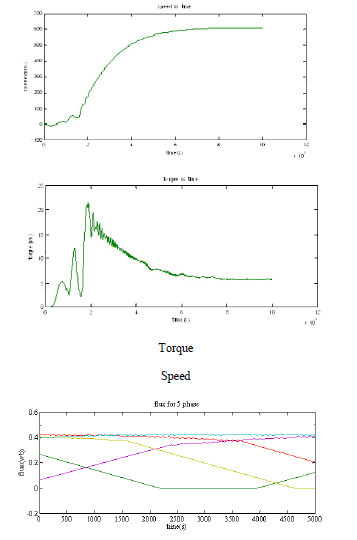 |
| Generally, the throughput is inversely proportional to load, so, the WLAN in WiMAX-WLAN and UMTS-WLAN must have low throughput when compare to the load. But in figure 8, the WLAN in WiMAX-WLAN has more throughput than WLAN in UMTS-WLAN network. It is due to the effective Cisco router that has been used in this simulation. |
IV. CONCLUSION |
| In this paper, we simulated two different heterogeneous networks and compared to find which gives better voice quality. Initially UMTS-WLAN network is integrated, simulated and compared with the later simulated WiMAXWLAN network. The parameters that are validated in this simulation setup are NMOS value, jitter, delay, load and throughput. From this comparison, the overall performance to increase the MOS value at the end user is easily done by integrated WiMAX-WLAN. The advantage of this network is coverage area, hot spot, low cost, high data rate and easy integration. The router plays its role in improving the voice clarity by reducing jitter. |
References |
|